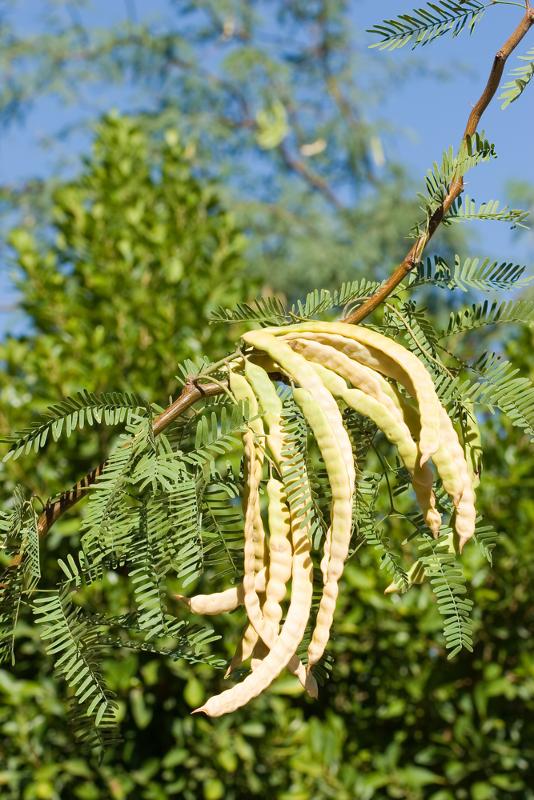Adaptive Strategies
Because of the high risk environment in which they lived, the O'odham developed a variety of risk minimizing strategies to help them survive. These strategies included both diversification and flexibility and an ideology that supported food exchange. Diversification is reflected by the great variety of resources that contributed to their diet; flexibility is reflected by the willingness to modify their subsistence strategies as needed. For example, in most years mesquite beans merely supplemented the Tohono O'odham diet, but in years of crop failure, this resource provided important emergency rations.
The O'odham were expected to redistribute food to those in need, and several customs helped to ensure that this occurred. In dry years, the Akimel O'odham (who had a more secure agricultural base) were expected to hire less fortunate Tohono and Hia-Ced O'odham to help work their fields. In return, the fieldworkers were allowed to take whatever food they needed. Similarly, within a single village, successful hunters were expected to share their meat with others in need. These mechanisms helped to even out the spatial and temporal variability that existed in food availability, and to ensure that no one starved in lean years.

Mesquite beans could be eaten fresh or dried and ground into flour for later consumption
Source - http://www.shutterstock.com/pic-1531393/stock-photo-cluster-of-mesquite-pods-or-prosopis-fabaceae-legumes.html?src=agGDInl0QxH5XScdPVPKqA-1-9
Click on next page to continue.
